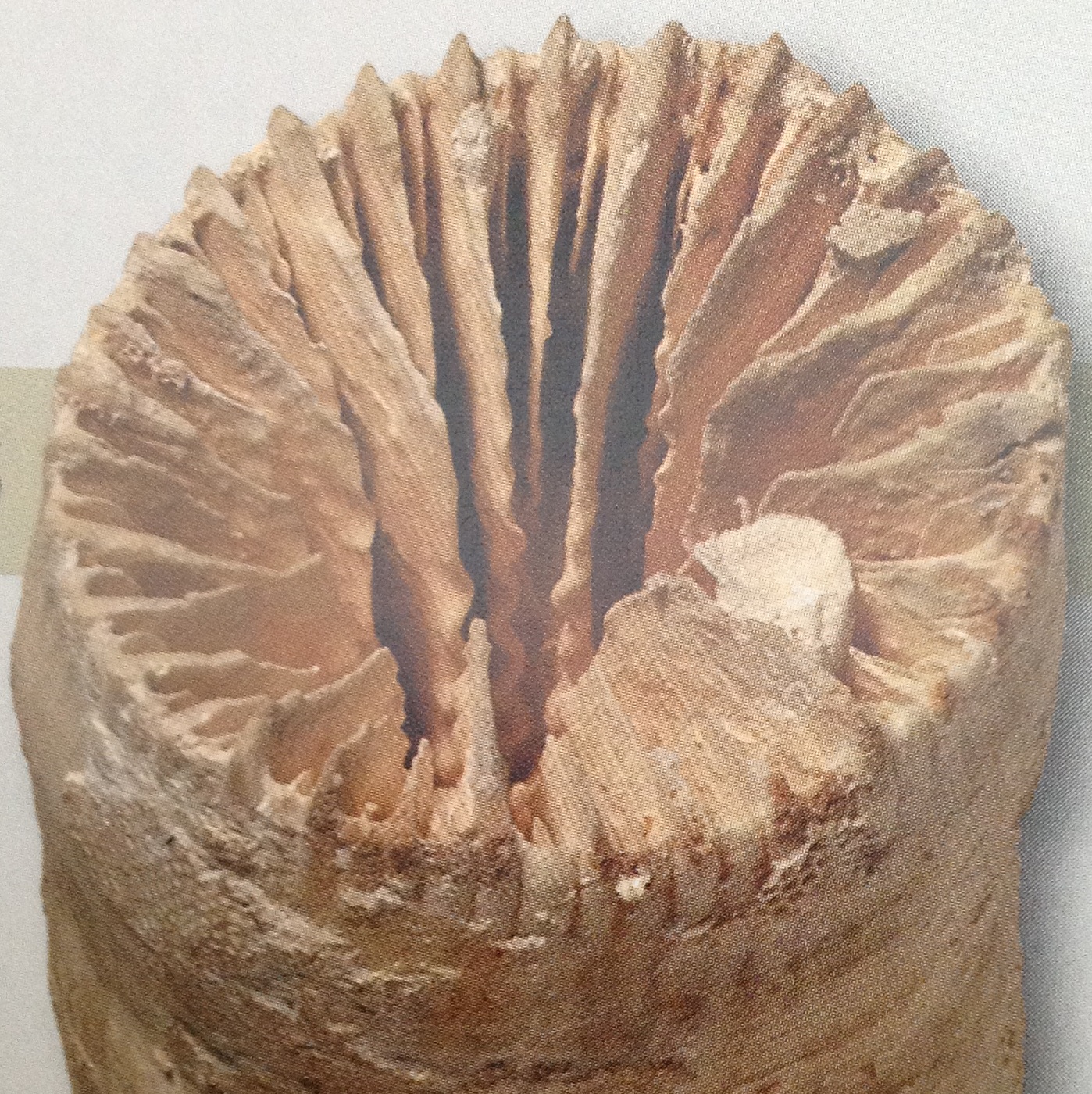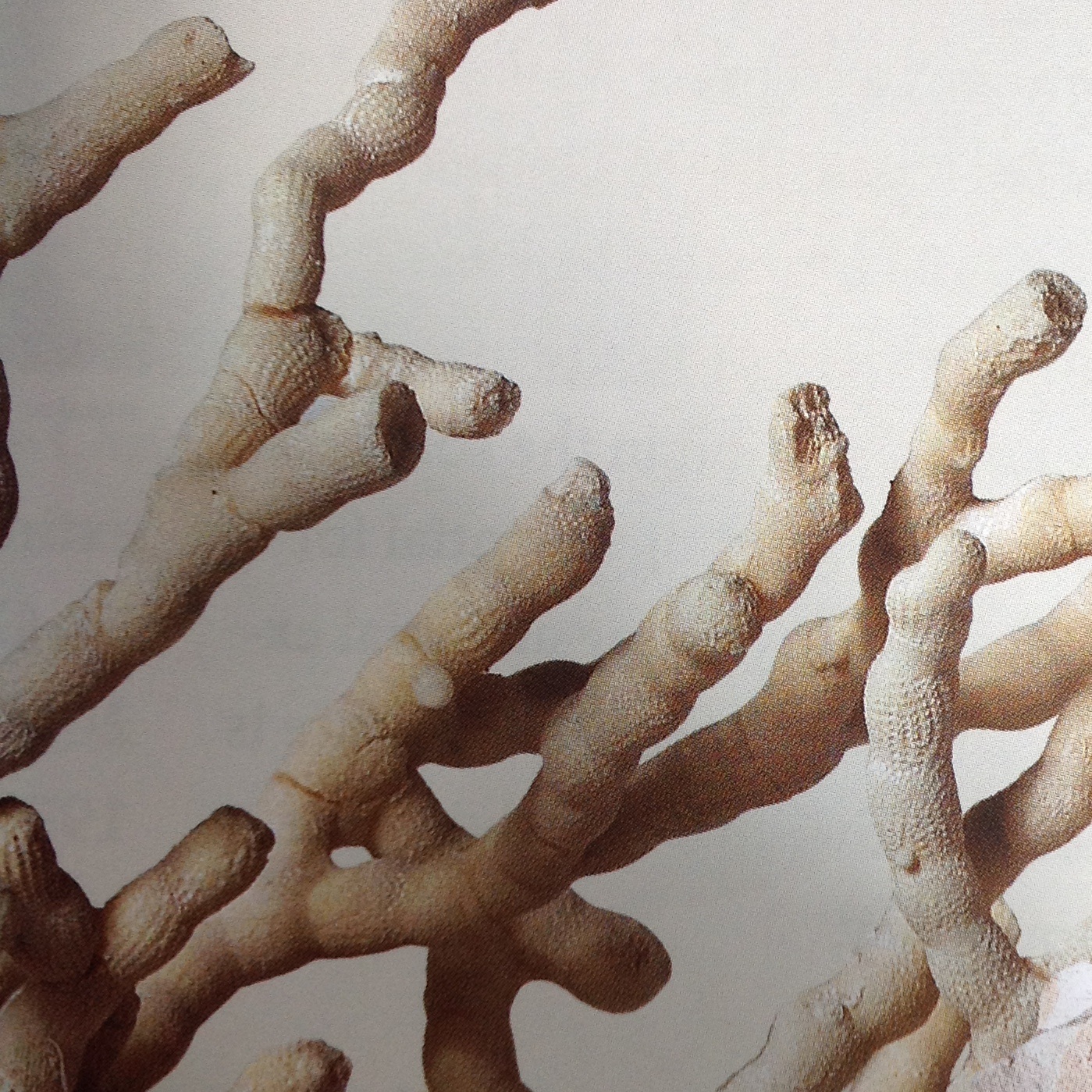Experience Design by Design Thinking
“As more of our basic needs are met, we increasingly expect sophisticated experiences that are emotionally satisfying and meaningful. These experiences will not be simple products. They will be complex combinations of products, services, spaces, and information. They will be the ways we get educated, the ways we are entertained, the ways we stay healthy, the ways we share and communicate. Design thinking is a tool for imagining these experiences as well as giving them a desirable form.”
Tim Brown: “Design Thinking” in Harvard Business Review, June 2008 (p.8)
Tim Brown is the CEO and president of IDEO
Design Thinking
Design Thinking activities may roughly be grouped in three themes: inspiration, ideation and implementation. Tim Brown writes: “The design process is best described metaphorically as a system of spaces rather than a predefined series of orderly steps. The spaces demarcate different sorts of related activities that together form the continuum of innovation. Design thinking can feel chaotic to those experiencing it for the first time. But over the life of a project participants come to see—as they did at Kaiser—that the process makes sense and achieves results, even though its architecture differs from the linear, milestone-based processes typical of other kinds of business activities.”
Source: http://design-planning.blogspot.dk/2008/06/design-thinking-tim-brown-or-ideo.html
1. Inspiration
Expect success
Build implementation resources into your plan
What’s the business problem? Where’s the opportunity? What has changed (or soon may change)?
Look at the world: Observe what people do, how they think, what they need and want
What are the business constraints (time, lack of resources, impoverished customer base, shrinking market)?
Involve many disciplines from the start (e.g. engineering & marketing)
Pay close attention to “extreme” users such as children or the elderly
Have a project room where you can share insights, tell stories
How can new technology help?
Are valuable ideas, assets and expertise hiding inside the business?
Organize information and synthesize possibilities (tell more stories!)
2. Ideation
Brainstorm
Make many sketches, concoct scenarios
Build creative frameworks (order out of chaos)
Apply integrative thinking
Put customers in the midst of everything: describe their journeys
Prototype, test, prototype, test…
Tell more stories (they keep ideas alive)
Communicate internally – don’øt work in the dark!
Prototype some more, test with users, test internally
3. Implementation
Execute the vision: engineer the experience
Help marketing design a communication strategy
Make the case to the business – spread the word
Move on to the next project – repeat
Our current time
Exhibition practices that make sense of our time, filtered through Stanford archaeologist Michael Shanks: Design Matters: what is (of our) human making?
In search of new aesthetics in the field among nature, art and technology……
DEAF symposion 2012 – http://www.v2.nl/events/vital-beauty-symposium
“How can the age-old notion of beauty regain an importance appropriate to the 21st century? Our need for beauty has not diminished, as hard as modernism tried to erase it from art and life and supplant it with the sublime. It was a sublime that increasingly associated itself with negation and deconstruction. In contrast, vital beauty, as defined by John Ruskin more than 150 years ago, is a beauty of sympathies and affinities with life forms. Yet vital beauty must be reinvented, since life forms today can be technological as well as natural. The concept of vital beauty raises the question of how we should design our environments, our objects and our lives, and of how we might one day invent a politics of beauty.”
The publication was released during the Vital Beauty Symposium at May 16, 2012 in de Balie, Amsterdam
Kilde: V2, http://www.v2.nl/publishing/vital-beauty
Personaer
– et 65+ægtepar som kommer til Stevns Klint med turbus, som del af en større gruppe i april måned
– en Østerbro familie, 2 voksne, 2 børn (alder: 9 og 11 år), en weekend i maj
– et ca 50 årigt ægtepar, tyskere, på Berlin-København cykeltur, sommerferie/juli
– bedsteforældre med små børnebørn (alder: 4 og 8), efterårsferie
– en gymnasieskoleklasse, maj eller september
– en minibus med en gruppe geologi-forskere, svenske eller tyske, maj eller september
– Store Heddinge beboere
TD og CS talte på møder i juli om relevante personaer ud fra eksisterende viden om besøgende, informeret af turismeredegørelse, samt samtale med turistchef Lone Dalthur, og kom frem til en bruttoliste over potentielle, relevante personaer. Denne liste blev skåret til og udbygget en smule ved telefonsamtale 17082012.
Litterature notes: User Experience Design – a definition
“User experience design is the creation and synchronization of the elements that affect user’s experience with a particular company, with the intent of influencing their perceptions and behavior. These elements include the things a user can touch (such as tangible products and packaging), hear (commercials and audio signatures), and even smell (the aroma of freshly baked bread in a sandwich shop). It includes the things that users can interact with in ways beyond the physical, such as digital interfaces (web sites and mobile phone applications), and of course, people (customer service representatives, salespeople, and friends and family). One of the most exciting developments of the past few years has been the ability to merge the elements affecting these different senses into a richer, integrated experience.” (Unger & Chandler 2009:3)
Although the focus of Unger & Chandler’s book is the design of digital experiences – particularly interactive media such as web sites and software applications (apps), the authors also offer a broader and more comprehensive definition of user experience design – that is; one which does not only center on the design of digital experiences.
Russ Unger and Carolyn Chandler, 2009: “A project guide to UX design: for user experience designers in the field or in the making”


